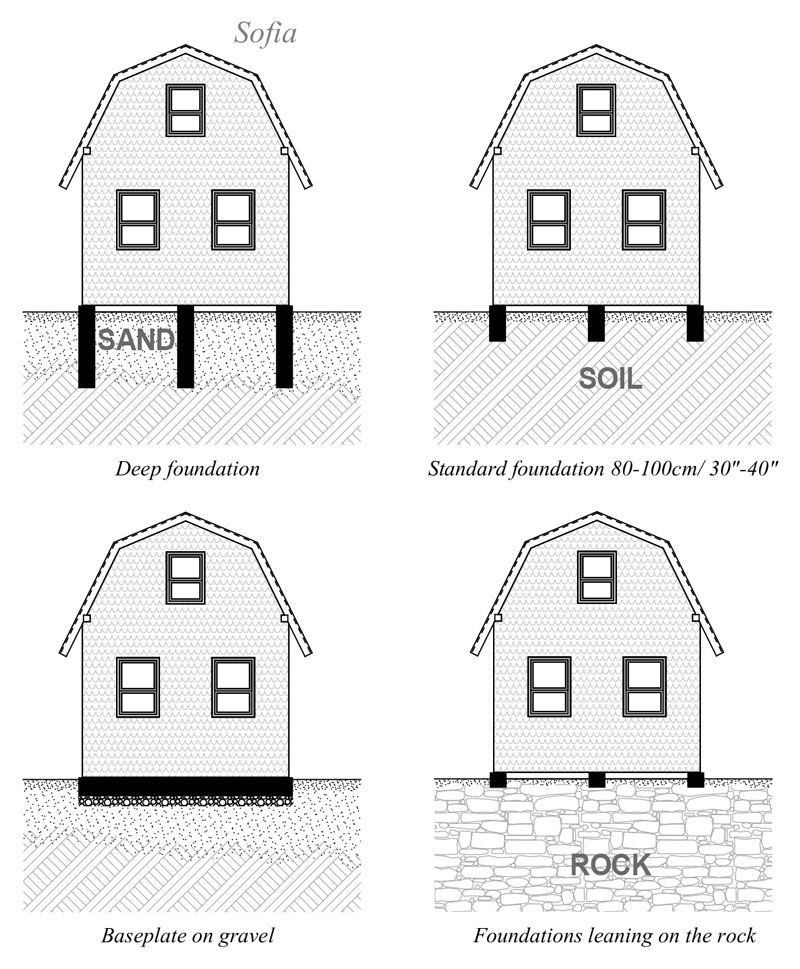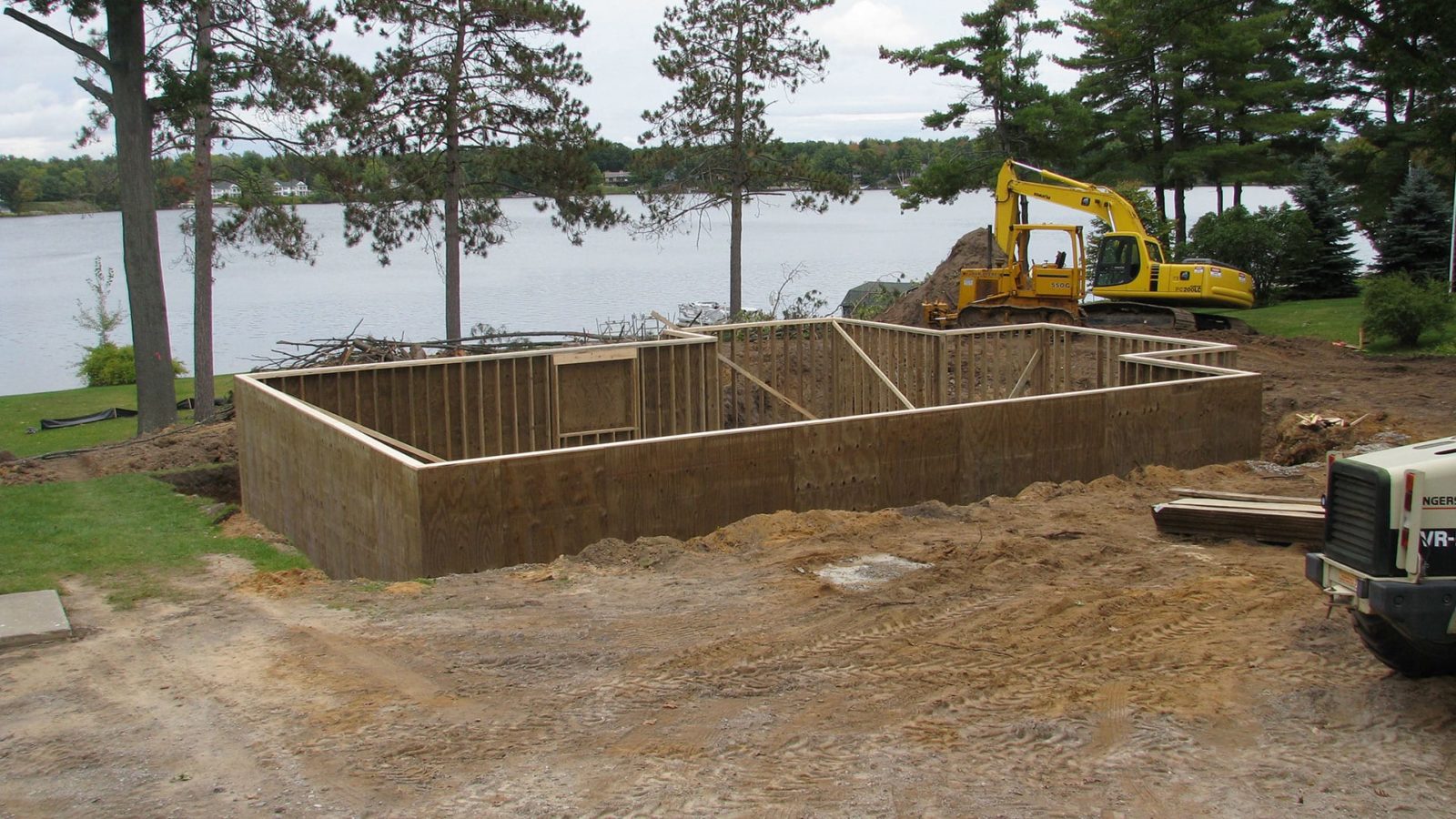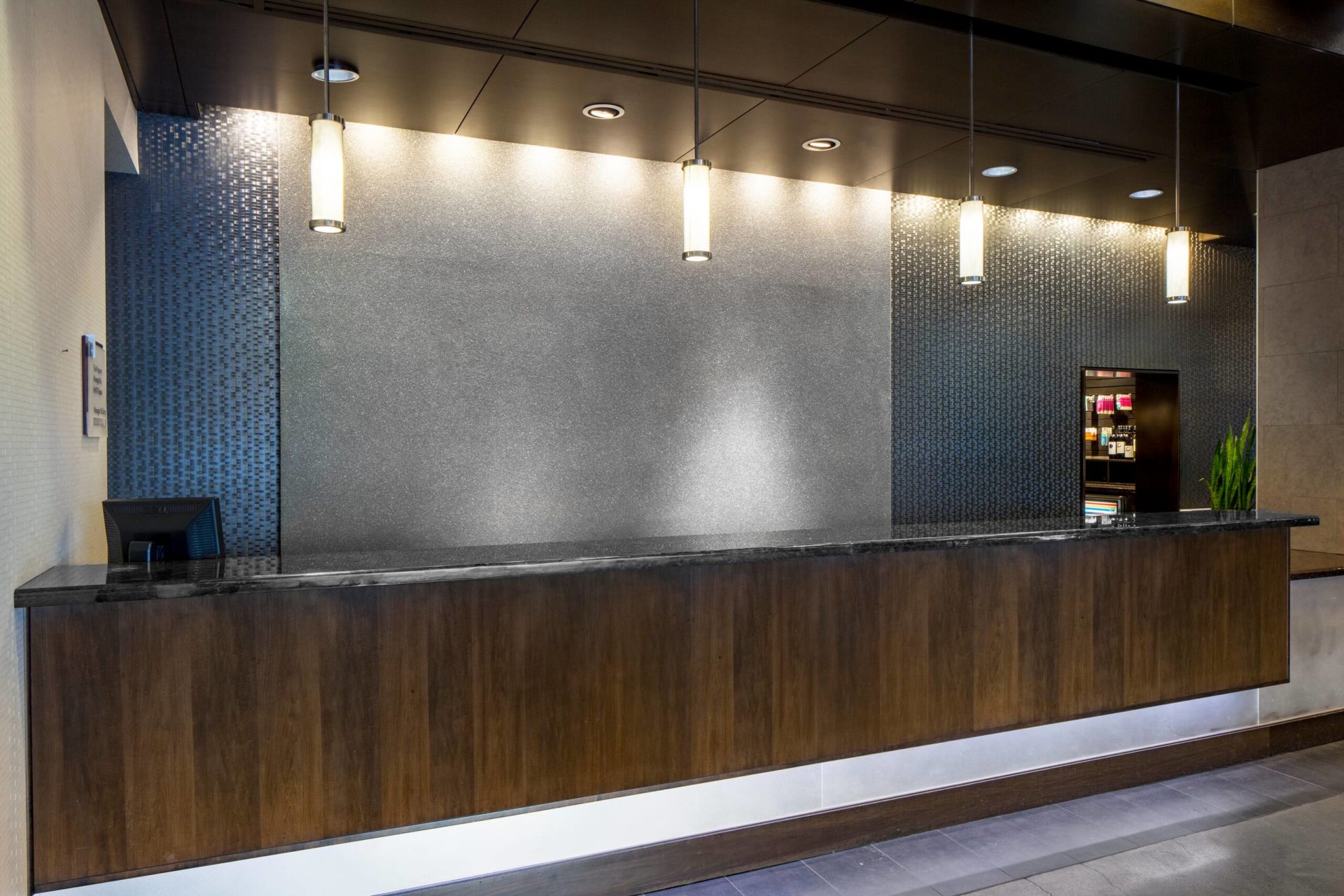Table Of Content
Ideally, the soil under a foundation is undisturbed, and permeable to encourage good drainage, with the stability and strength to provide proper support. Sometimes, soil must be brought in to create a level area for the foundation, or to replace bad soil. If fill soil is required, the fill should be properly compacted so that it acts like undisturbed soil.
Pier and Beam Foundations
Achieving a daylight or walkout basement requires the right slope on your lot. But if you don’t mind spending a lot of money on prepping your home-build site, it is possible to grade the lot to accommodate a daylight basement. Some walls are below ground, blocking daylight, and others are partly or entirely above-ground. If you live in an area that’s prone to flooding or has a high water table, it’s a good idea to hire professionals to waterproof your basement.
How Much Does Basement Waterproofing Cost? (2024 Pricing)
Homes with footing and stem wall foundations can be seen throughout the country. It’s most common to see basements on the East coast and in the Midwest. Basement foundations are rarer in the south because the soft, damp soil there makes it difficult to excavate the ground. The clay composition in the soil can also determine whether or not a basement is a viable option.
15 Best Foundation Plants For The Front Of Your House - Southern Living
15 Best Foundation Plants For The Front Of Your House.
Posted: Wed, 26 Apr 2023 21:05:57 GMT [source]
Fabric-Formed Footings
Wood foundations were popular in the 1960s but are not common in contemporary builds. Similarly, ICF foundations are one of the best choices for durability, resistance, and energy efficiency, but this material typically costs more than any other type of foundation. This type of foundation can be more attractive than plain poured concrete, but these structures are prone to water and pest infestations. Additionally, the maintenance of a stone foundation can be more costly than a standard concrete foundation.
Areas prone to severe weather, including tornadoes or hurricanes, often have full basements that can double as storm shelters or safe rooms. A crawl space must be properly insulated and maintained to prevent problems with moisture, mold, cold drafts, and pests. Wood foundations are quicker to install than other types of foundations. They can save up to $15,000 compared to concrete foundations, depending on the type of wood and location of the home in the United States. They are not recommended for climates with temperature extremes, as they can crack when the ground repeatedly freezes and thaws.
What are the three main types of foundations for housing?

Laying your own foundation is possible but risky, especially if you’ve never done it before. A DIY foundation might be within your capabilities if you have prior knowledge of concrete work and have completed similar projects. These may include troweling the surface for an extra smooth finish or lightly sweeping the surface with a broom to add texture.
How Much Do Helical Piers Cost In 2024? - Forbes
How Much Do Helical Piers Cost In 2024?.
Posted: Wed, 25 Jan 2023 19:30:06 GMT [source]
Concrete Slab-On-Grade Foundation
However, in nearly every scenario, we recommend hiring a professional to ensure safety, quality, and peace of mind. Remember, foundations are complex structural elements that leave little room for error. MT Copeland offers video-based online classes that give you a foundation in construction fundamentals with real-world applications. Classes include professionally produced videos taught by practicing craftspeople, and supplementary downloads like quizzes, blueprints, and other materials to help you master the skills.
Pier foundations are somewhat similar to crawl spaces in that they hold the home up from an unfinished surface underneath. However, unlike crawl spaces, these foundations don’t have masonry perimeter walls. Instead, they have deeply-dug footings at load-bearing points under the house. There are generally heavy-duty timbers that extend from the footings to the home, and this design helps keep the home dry and safe in coastal areas where flooding is common. In this comprehensive guide, we journeyed through the diverse world of house foundation types, exploring the intricacies that make each unique. Whether planning a new construction or seeking to understand your existing home’s structural support system, the knowledge of foundation types is paramount.

Builders use them with heavier homes because the pillars displace the weight of the house over a large area, preventing the home from sinking. There are five main foundation types and a handful of important variations. This type of foundation is ideal for sites near the ocean, or in areas where it may be difficult to dig beneath the ground.
This should be done by trained professionals at the rate of $50–$200 per cubic yard of dirt. While the materials themselves are only about $50 per post, if you hire a professional each post can cost coser to $250 to construct. When choosing a footing for the deck, you have some flexibility based on the above considerations. For some extra help in choosing the right foundation for your deck, continue reading for a comprehensive list of footing options and the cost, benefits, and drawbacks of each.
Understanding the nuances of each foundation type empowers homeowners to make informed decisions based on their specific needs and environmental considerations. “You can back a truck up to one corner and pour the whole foundation,” says Ed Sauter, executive director of the Concrete Foundations Association. “It just spreads everywhere.” That beats having to pump or shovel the concrete where it’s needed. And like water on the surface of a lake, the top of “super-super” plasticized concrete automatically sets level, a good start for framing. Foundation repair costs typically range from $2,160 to $7,790, but homeowners will pay around $5,000 on average. Ultimately, the right foundation type for you is the one that complements your lifestyle, home design, and local environment.
The installers put in temporary forms to hold the concrete as the slab sets. Once the slab is dry, cured, and set, the forms are removed, and the main structure can be built on the foundation. Instead of a coating, a vapor barrier is a separate plastic membrane that’s installed between the concrete of the walls and any finishing materials, such as drywall.
Although the kind of land you’re building on is the biggest determining factor in what type of foundation will best suit your home, very often you’ll have some choice. If you do, consider how each type of foundation will affect the building’s longevity and maintenance needs, as well as your enjoyment of your home. A basement is the perfect place to house appliances related to your utilities, such as your furnace and water heater. You’ll have easy access to these appliances as well as to the pipes and ducts in this space, making it easier to maintain them and make repairs. The basement also gives you a convenient place to put the washer and dryer to free up space in your main living area.
These slabs, which are usually between 4 and 8 inches thick, can also be reinforced with tension cables or rods. Most folks don’t give much thought to the foundations underneath their houses let alone foundation issues. But these buried features are arguably the most important aspects of the home as they carry the entire weight of the building.

No comments:
Post a Comment